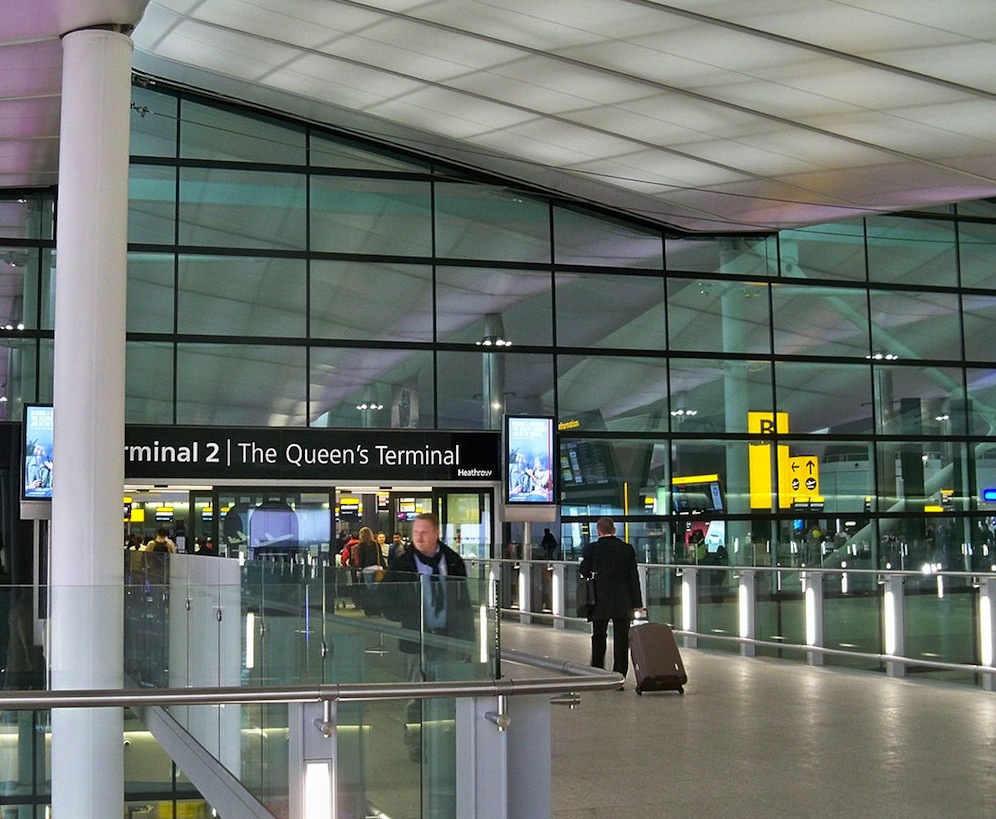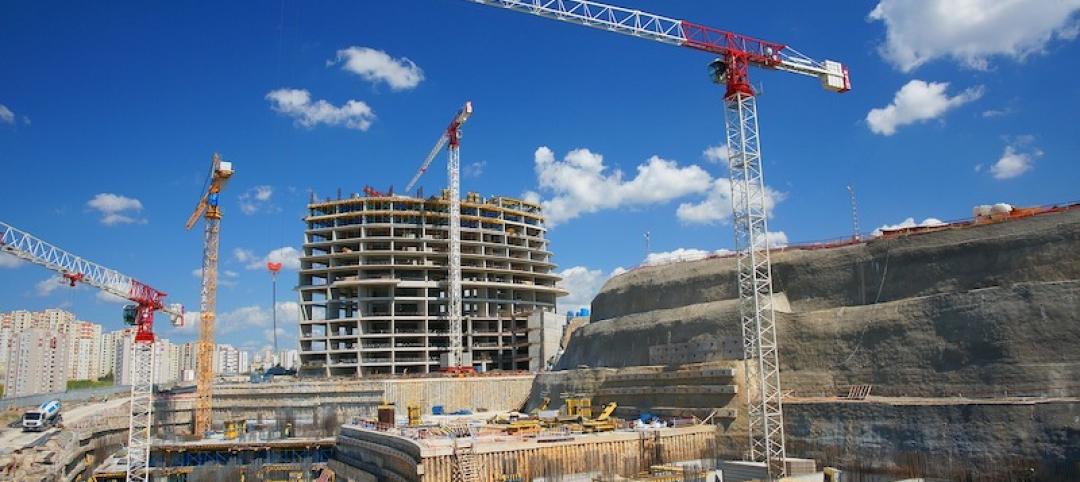Recent airport designs are bigger and much more efficient, based on a look at recent projects in Mexico City, London, and China.
The Mexico City airport is expected to serve 50 million people a year with a design emphasizing energy efficiency. Gate locations will be spaced to make for easy walking, and the roof will include solar technology. There will also be an on-site energy plant that will collect, treat, and recycle rainwater.
Beijing Capital International Airport's Terminal 3 has a dragon-like design focused on efficiency, sustainability, and natural light. Skylights built into the soaring roof maximize morning sun. Connections between terminals take two minutes in a train that travels at 80 miles per hour, and the heating and cooling system is highly efficient.
London's Terminal 2 is the world's first BREEAM-certified airport project. It includes a number of features that reduce CO2 emissions, boost water efficiency, and a sophisticated lighting control system. The terminal is aiming to be recycling or composting 70% of its waste by 2020.
(http://money.cnn.com/2014/12/01/news/economy/future-airports/index.html)
Related Stories
Codes and Standards | Sep 22, 2021
Group proposes Carbon Use Intensity metric for new buildings
Plan would track embedded carbon on projects.
Codes and Standards | Sep 22, 2021
Illinois’s sweeping climate bill includes statewide stretch code, building electrification measures
Aims for zero-emissions power sector by 2045.
Codes and Standards | Sep 22, 2021
Cities need to step up flood mitigation efforts to save lives
Recent storms highlight climate change dangers.
Codes and Standards | Sep 21, 2021
Steps to improve ventilation for Covid can combat colds and flu
New look at airborne disease spread shows time viruses linger in air may have been underestimated.
Codes and Standards | Sep 15, 2021
USGBC will change leaders, conduct strategic review
Aims to ensure organization is ‘well positioned to scale its work in the post-pandemic world’.
Codes and Standards | Sep 15, 2021
LEED-certified offices earn higher rents than non-sustainable properties
Are also more resilient to dips in real estate market.
Codes and Standards | Sep 7, 2021
Boston turns to developer fees to fund flood protection infrastructure
Assessments on commercial properties will help build seawall and other protective measures.
Codes and Standards | Sep 3, 2021
Low-cost methods can have substantial impact on reducing embodied carbon
Whole-building design, material substitution, and specification strategies can slash carbon by up to 46%.
Codes and Standards | Sep 2, 2021
Case for power resiliency in buildings grows with more disaster and outages
Essential businesses like data centers, hospitals are first adopters of new storage systems.
Codes and Standards | Aug 31, 2021
UK industry group wants mandatory whole-life carbon assessments of buildings
Aims to address hidden emissions embedded in supply chains.

















